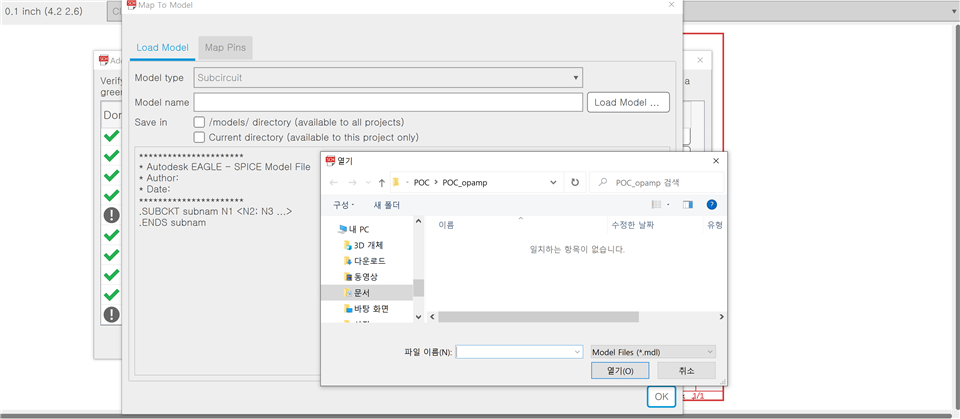Other Parts Discussed in Thread: LOG114, STRIKE, TINA-TI
Hi,
I am working on the photodetector. And the photodetector has a resistance roughly ranging from 10^9 (dark) - to 10^6 (light) Ohm.
And I want to develop the circuit design which can measure the current signal with microcontroller unit (i.e., ATmega328 or ATmega328 based arduino board).
Therefore, the supplied voltage onto the photoresistor will be bounded to 5V (MCU's max Vdd = 5V).
In this case, is there any recommended circuit design to capture the current signal (nA - dark ~ uA - light) with low-noise.
I have tried a combination of ADS1125 and AD623ANZ but failed to read the marginal analog signal variation.
I am a newbie to the "Electrical Circuit".
So please advise me if any of you have experience with the similar projects.
Thanks
Best
SJ



